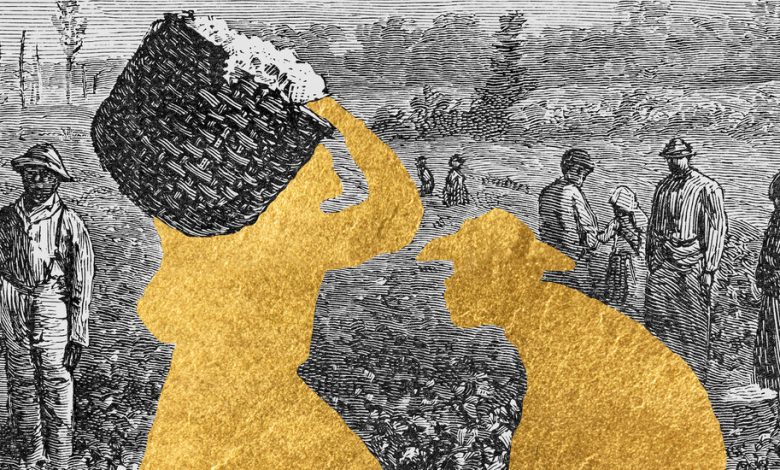What the Civil War Was About

Of course the Civil War was about slavery, and everyone knew it at the time. No, Nikki Haley, it wasn’t about states’ rights, except to the extent that Southern states were trying to force Northern states to help maintain slavery — something that, as I’ll explain in a bit, has echoes in the current fight over abortion rights.
So Haley deserves all the condemnation she received for initially refusing to acknowledge the obvious in a campaign stop last week.
But it may be worth delving a bit deeper into the background here. Why did slavery exist in the first place? Why was it confined to only part of the United States? And why were slaveholders willing to start a war to defend the institution, even though abolitionism was still a fairly small movement and they faced no imminent risk of losing their chattels?
Let me start with an assertion that may be controversial: The American system of chattel slavery wasn’t motivated primarily by racism, but by greed. Slaveholders were racists, and they used racism both to justify their behavior and to make the enslavement of millions more sustainable, but it was the money and the inhumane greed that drove the racist system.
Back in 1970, the M.I.T. economist Evsey Domar published a classic paper titled “The Causes of Slavery or Serfdom: A Hypothesis,” which started with a historical observation that probably surprised most of his readers. Everybody knew that Czarist Russia was a nation where serfs were tied to the land; but Russian serfdom, it turned out, wasn’t an ancient institution dating back to the depths of medieval history. It was, instead, introduced in the 16th and 17th centuries — after gunpowder finally gave peasant infantry the military upper hand over nomadic horse-archers, allowing the Russian Empire to expand into vast, fertile new territories.
As Domar pointed out, there’s little reason to enserf or enslave a worker (not quite the same thing, but let’s leave that aside) if labor is abundant and land is scarce, so that the amount that worker could earn if he ran away barely exceeds the cost of subsistence. But if land becomes abundant and labor scarce, the ruling class will want to pin workers in place, so they can forcibly extract the difference between the value of what workers can produce — strictly speaking, their marginal product — and the cost of keeping them alive.
We are having trouble retrieving the article content.
Please enable JavaScript in your browser settings.
Thank you for your patience while we verify access. If you are in Reader mode please exit and log into your Times account, or subscribe for all of The Times.
Thank you for your patience while we verify access.
Already a subscriber? Log in.
Want all of The Times? Subscribe.




